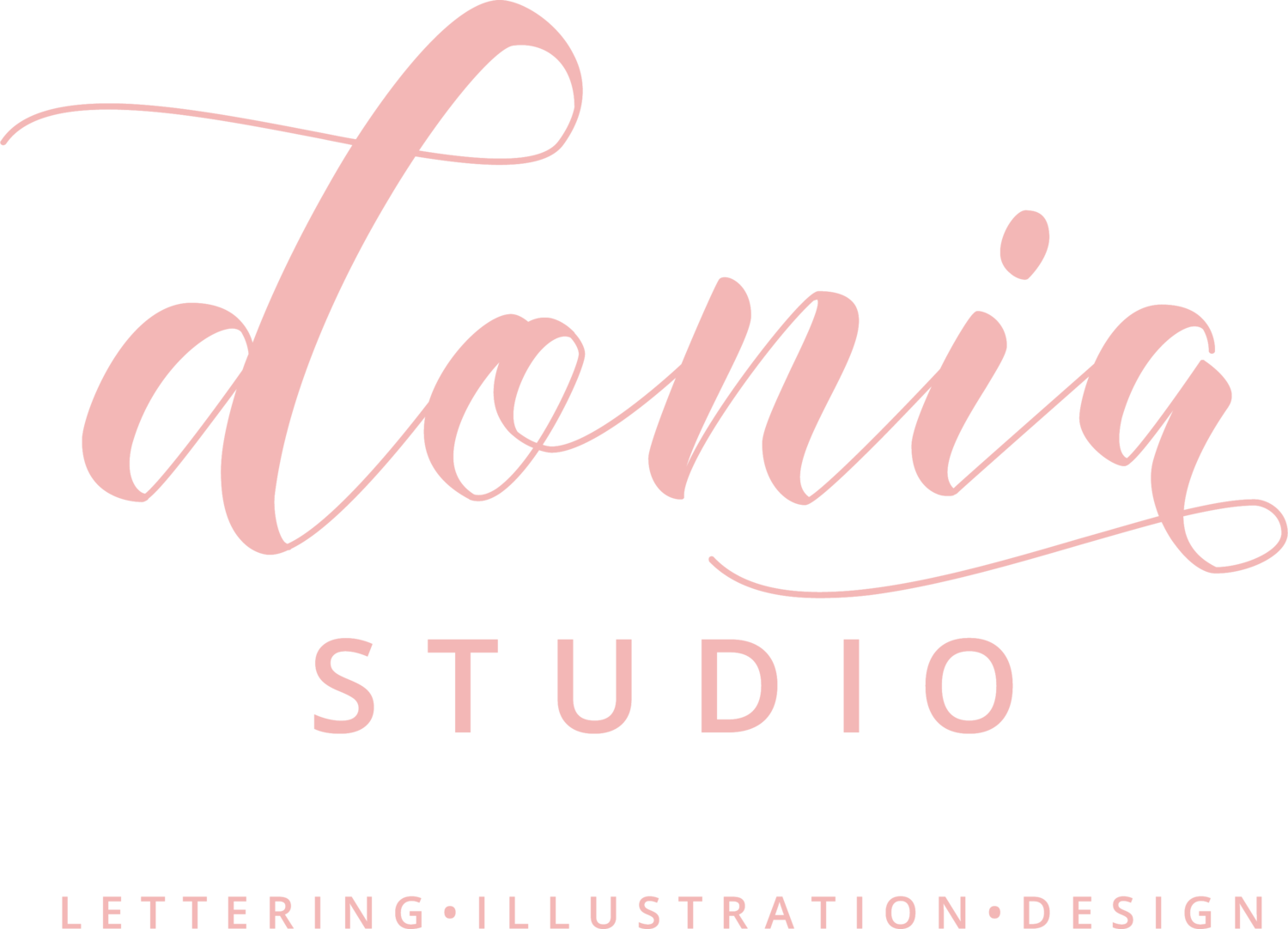When Johannes Gutenberg built his printing press around 1439, the concept of typography, which had been developing slowly, was revolutionized. The moveable type system, metal alloy and casting methods gave the world a practical solution to printing. This gave rise to the discipline of typography as we know it, with kerning, leading and the terms we still use today. Each letter had its own type block on which it sat, and typesetters would arrange the type character by character.
Lettering is often hand drawn, but now with the modern age we use CAD programs such as Adobe Illustrator to convert these drawings into digital pieces.
Due to the increase of digital age, there has been an increasing amount of confusion between lettering and typography, especially since the are often created using the same programs. No longer are we using a brush or letterpress machine or a drafting table and linotype metrics. Lettering and typography are two very different skills and it is important that we as designers know the difference between the two. Understanding the complexities, similarities and differences is what will help us to continue to be great designers in a rapidly changing world.
